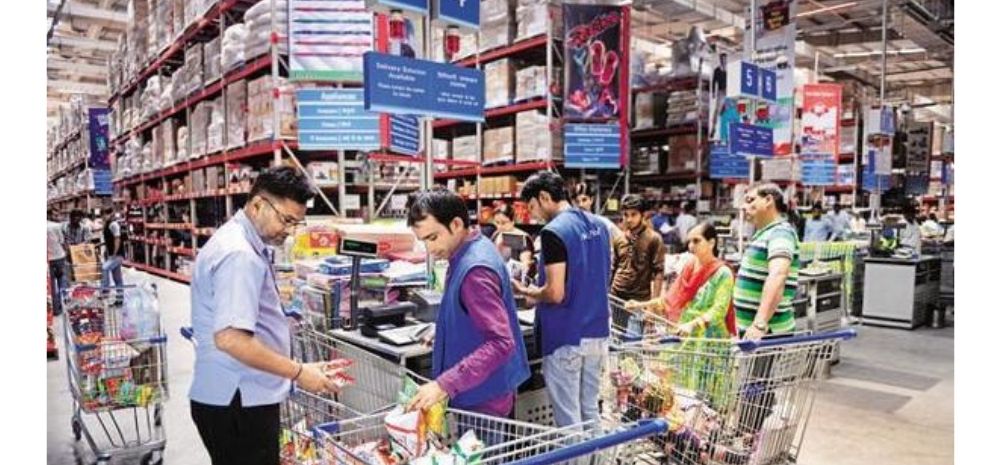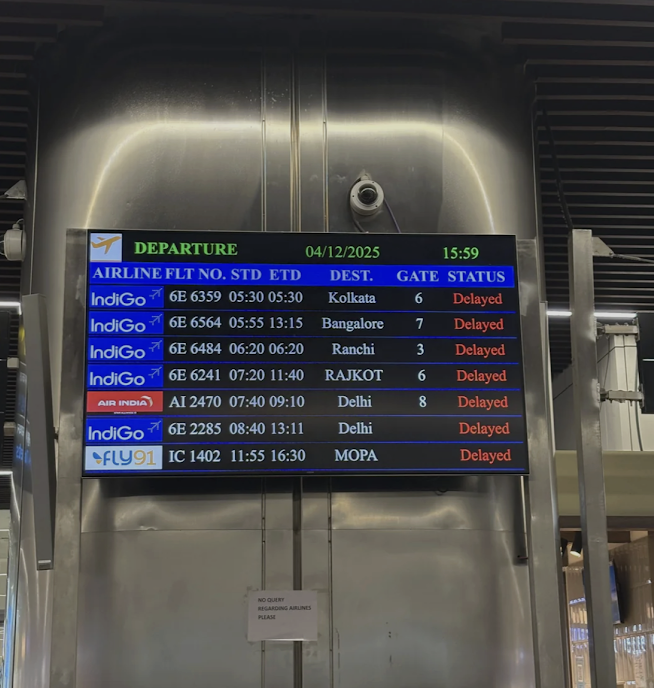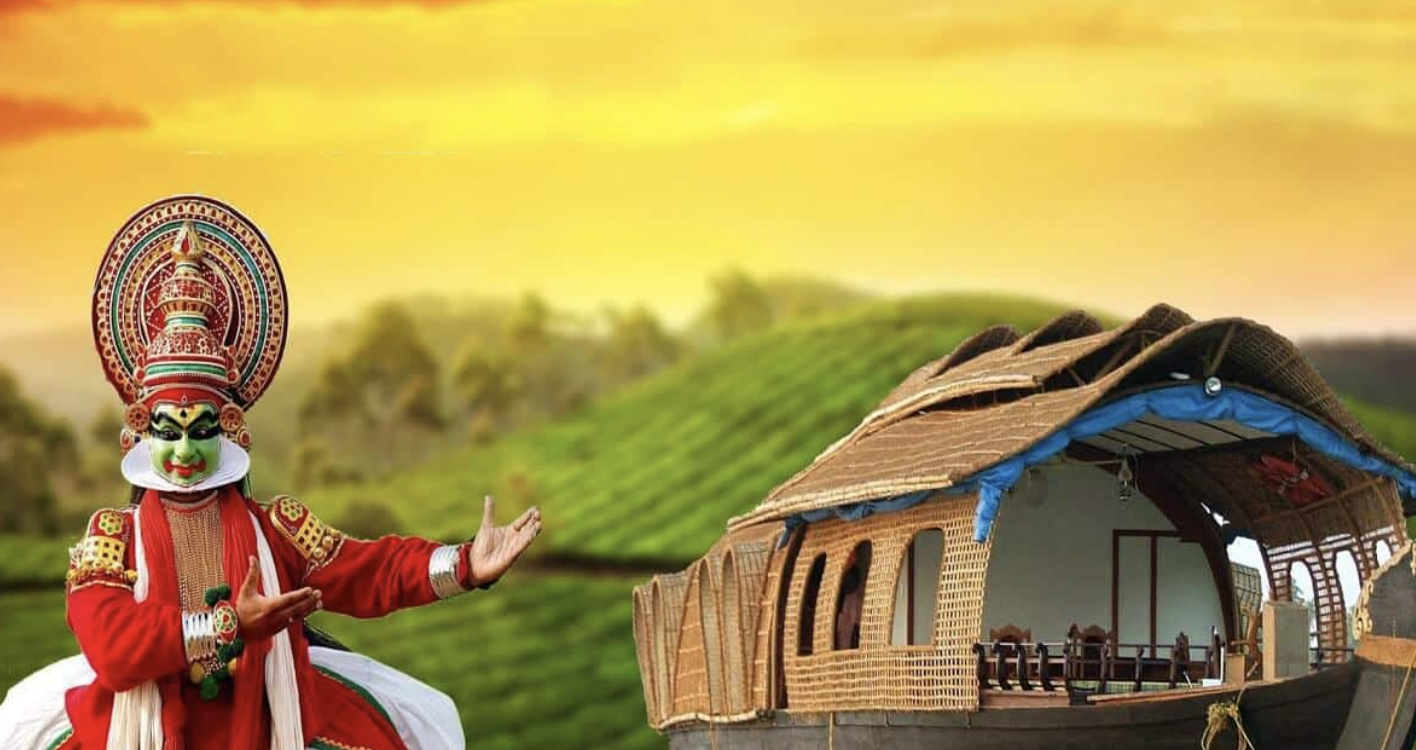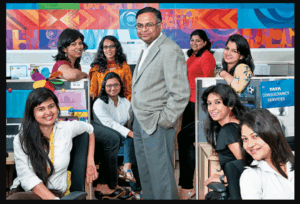The Indian retail industry has experienced remarkable growth over the past decade, fuelled by a growing middle class shifting toward organized retail and branded consumer goods. The rise of the affluent population has further propelled the growth of premium and luxury segments. As a result, the retail market has more than doubled from Rs 35 lakh crore to Rs 82 lakh crore and is expected to reach Rs 190 lakh crore by 2034, growing at an annual rate of 9%, according to the Retailers Association of India (RAI) and Boston Consulting Group (BCG).

Navigating India’s Evolving Retail Landscape: Opportunities and Challenges Ahead
Abheek Singhi, MD and senior partner at BCG, foresees opportunities for multiple trillion-rupee turnover retailers by 2035. However, Kumar Rajagopalan, CEO of RAI, highlights that India’s diverse market requires tailored approaches, as the retail landscape presents contrasts such as affluence versus value-consciousness, global aspirations versus local pride, and digital convenience versus physical stores.
Despite occasional slowdowns in urban demand, RAI and BCG emphasize that long-term consumption growth remains robust, especially in discretionary and experience-driven categories. Affluent households are projected to triple by 2030, creating significant opportunities in the premium and luxury retail sectors. Retailers need to strike a balance between aspirational products and affordability, as value-for-money remains important for many consumers.
Empowering Change: How Women and Gen Z are Shaping India’s Retail Future
In addition, the doubling of women’s workforce participation has fueled growth in categories like beauty, fashion, and personal care. The large Gen Z and millennial consumer base also drives demand for digital-first experiences, pushing retailers to adapt to their values and digital preferences. Overall, India’s retail sector continues to evolve, driven by demographic shifts and changing consumer preferences.












